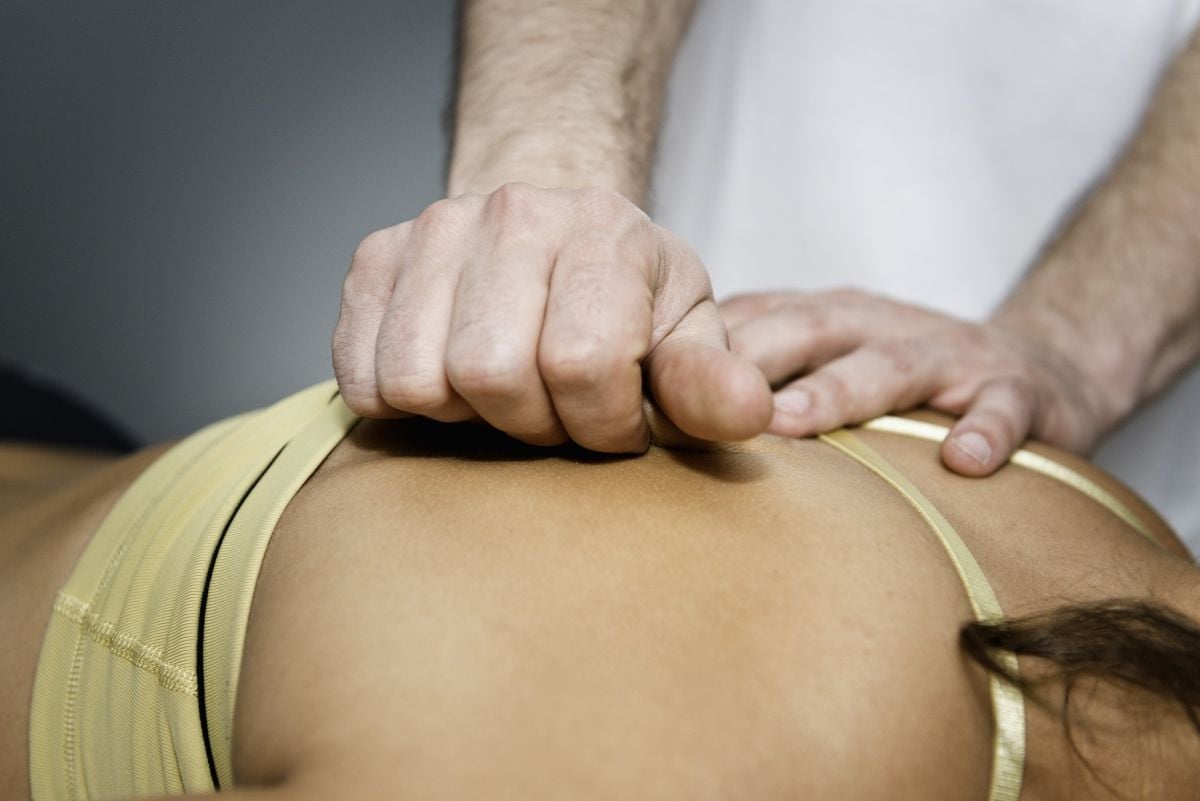
Four tips to ease tension headaches
Note: The exercises and/or stretches in this blog are not intended to replace the advice of your clinician. If you are unsure, please speak to your clinician before attempting any of the suggestions below.
You’re working at your desk and slowly but surely, a dull ache in your forehead slowly takes over your ability to concentrate. If you’ve encountered that sensation before, you may be experiencing a tension headache, the most common kind of headache.
For most of us, over-the-counter pain relievers have become our first line of defense against headaches, but did you know that regularly using these medications can cause more headaches through overuse?
Let’s take a closer look at what tension headaches are, possible causes, typical symptoms and some exercises that can help ease and prevent symptoms before they even start.
What are tension headaches?
Tension headaches are a result of muscle tension in the head, neck, and shoulders. They are primary headaches, meaning they are not caused by another disorder. They can be episodic (occurring one to fifteen days per month) or chronic (more than fifteen days per month) and can last anywhere from half an hour to three days.
Possible causes

Tension headaches are caused by muscle tension in the upper body, often because of muscle contractions in the head and neck. Many things in your day-to-day life can affect the muscles that run from your shoulders to your head, such as:
- Eye strain
- Fatigue
- Poor posture
- Consuming alcohol
- Emotional stress
- Driving (especially for long periods)
- An illness such as a cold or the flu
Symptoms
Symptoms usually arrive gradually. They typically include:
- Dull or aching head pain
- Pressure or tightness across the forehead
- Tenderness on and around the scalp
These symptoms are usually mild to moderate in intensity and don’t get worse with exercise the way a migraine headache would.
Treating tension headaches at home

A study found that those who experience both episodic and chronic tension headaches have weaker neck muscles than those who don’t experience such headaches. It’s important to release tension and strengthen the muscles in your neck and shoulders, so stand up and give these exercises a try!
- Shrug your shoulders up and backward as if you’re trying to pinch a pencil between your shoulder blades.
- Tilt your head to the right and pull it towards your right shoulder using your right hand. Repeat with the left side.
- Look up towards the ceiling and turn your head slowly towards the left, back to the middle, and then the right.
With your hands behind your back, grab your right wrist. Pull your wrist over to the left side while tilting your head to the left. Repeat, grabbing your left wrist instead and pull it to your right side while tilting your head to the right.
There are many options to help manage tension headaches, from strengthening the muscles with physiotherapy to relieving tension with massage therapy.
If you would like to consult a Lifemark clinician, check out our Locations page to find a clinic near you or book online to schedule an appointment.
*This article was originally published by pt Health, which is part of the Lifemark family



